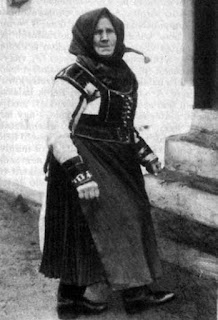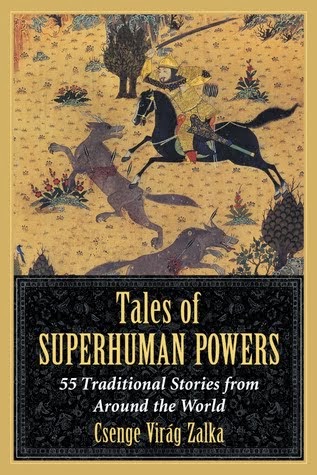Interestingly enough, we found out, Greek audiences are not usually that much into mythology. Mostly because the Greek myths are commonly known and taught, most Greek storytellers tend to select less often told stories. We had no idea, while working on the event, if anyone was going to show up at all, and if they did, how they would like the show.
In the end, we had almost seventy people in the audience, and an amazing storytelling evening to remember.
The MythOff took place in the Museum of Cycladic Art (one of my favorite museums in Athens), in one of their spacious presentation rooms. At the front of the room, behind the stage area, there was a long table where our artists were seated. That's right! For the firs time in MythOff history, we had artists creating illustrations for the myths, real time, while we were telling! Each story got its own picture, and the storytellers got to take them home. I'm still reeling from the awesomeness.
The voting happened at the end of the evening, with the use of small white pebbles. People dropped them in the vessels marked by the artists, to pick their stories, and placed them next to the pictures, to select their favorites. The artists insisted on being a part of the competition, but the choice, frankly, was near impossible.
An now, for the play-by-play:
Round One: Fire Thieves
I was lucky to be the first teller of the evening. I told the Abkhaz Nart saga of How Sasruquo Plucked Down a Star (and then acquired fire by tricking a terrifying giant). It is a great tale of a bullied hero, a powerful mother-goddess, and lots of funny shenanigans. To match all that, Vasileia Vaxevani told the Greek myth of Prometheus with equal humor and drama. Even Herakles made an appearance at the end.
Voting question: If you wanted to have a cigarette, and had to ask for fire, whom would you rather ask for it?
The winner: Prometheus!
The pictures: Ironically, the Fire round had watercolor pictures, and the Sea round had charcoal. Out illustrations were created by the incredible Yannis (John) Rubus (you can find his art page here), who didn't only draw incredible scenes for both myths, but also received the winner's crown (or rather, souvenir hairband) for the best art.
Round Two: Women
Since it is directly attached to the Prometheus myth, we got to hear the story of Pandora next, told by Maria Terzaki with great eloquence, and subtle hints at how many different ways that story can be understood. The other half of the duo was Mattia Di Pierro from Italy, who told the creation story of Lilith and Eve, and managed to surprise us more than once.
Voting question: If you had to ask for help creating something (or someone), whom would you rather ask?
The winner: Pandora! (or rather, her creation team)
The pictures: It is only fair that myths about women were illustrated by a woman, the wonderful Eugenia Koumaki.
Round Three: The Sea
The first storyteller of the last round, Torgrim Mellim Stene, arrived from Norway, and brought with him a story from Greenland. The story of Sedna tells about a girl who marries a sea bird, but her father tears her away from him. In the enduing battle, she is thrown into the sea with her fingers cut off, and thus becomes the mother of all three creatures, and the goddess of the waters. This story was matched by Ifigenia Kakridoni, who told the bittersweet Greek myth of Scylla and Glaukos, with a guest appearance from Circe. It seemed that the audience was less familiar with this than the other Greek stories, and they sounded both surprised and delighted.
Voting question: If you had to get a makeover, which transformation would you rather choose?
The winner: Sedna!
The pictures: This round was illustrated by Dimitrios Kasdaglis. For the last story, he set up a flip chart and we all got to watch him work onthe figure of Glaukos while listening to the myth. It was enchanting.
The whole evening went great, and people seemed to have lots of fun both with the stories and with the setup of MythOff. They were already talking about having another one while we were counting the votes! We celebrated the event with dinner and drinks, showing off the artwork to each other and to the Internet (I already have mine framed). I am sure this was not the last time MythOff came to Athens. I can't wait to see what happens next!






































